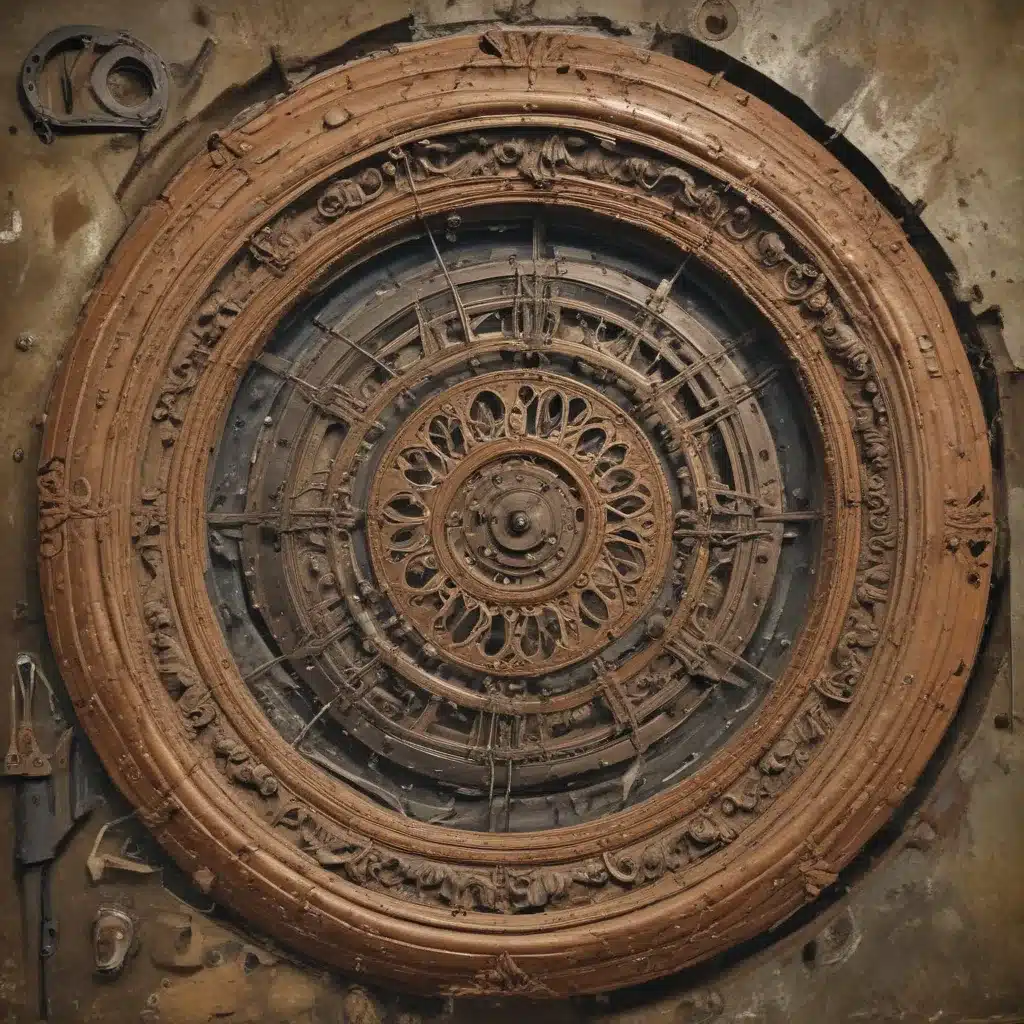
The Forgotten Craftsmanship of the Past
In the bustling city of Aberdeen, where old meets new, a forgotten art is quietly reemerging – the art of repair and restoration. As the modern world rushes headlong into the future, it’s easy to overlook the incredible craftsmanship and attention to detail that once defined the building and renovation industry. But for those of us who appreciate the beauty of the past, there’s a renaissance happening right under our noses.
I’ve been fascinated by the lost arts of repair and restoration ever since I started working for ABC Home, a building and renovation company in Aberdeen that’s dedicated to preserving the city’s architectural heritage. As I’ve delved into the history and techniques of this specialized field, I’ve been consistently amazed by the level of skill and dedication required to breathe new life into old structures.
The Artistry of Repair
Take, for example, the art of furniture restoration. John Porritt, a renowned furniture restorer and chairmaker, explains that achieving the “gently worn, warm and human surfaces” that characterize antique furniture is no easy feat. It’s not about simply slapping on a fresh coat of paint and calling it a day. No, Porritt’s techniques involve a delicate balance of chemicals, tools, and good old-fashioned elbow grease to transform a brand new chair into something that looks like it’s been around for centuries.
And the best part? He uses mostly everyday objects and common household items to work his magic – things like a pot scrubber, a deer antler, vinegar, and tea. It’s like he’s a modern-day alchemist, turning the mundane into the extraordinary. As I read through his book, “The Belligerent Finisher,” I couldn’t help but be in awe of the level of skill and artistry required to pull off these types of transformations.
The Science of Restoration
But it’s not just furniture that’s getting the restoration treatment. The world of building and renovation is also rife with lost arts and forgotten techniques. Take, for example, the art of window restoration. Lost Art Press recently acquired an old woodworking tool factory in Covington, and in the process, they’ve discovered a veritable treasure trove of original windows – complete with wavy glass and original hardware.
Now, I know what you’re thinking: “Why not just replace them with modern, energy-efficient windows?” And that’s a fair question. But the truth is, those old windows are a work of art in their own right. The imperfections in the glass, the intricate detailing of the frames, the way the light plays across the surface – it all adds up to a level of character and charm that you just can’t replicate with a mass-produced, off-the-shelf window.
And the science behind restoring these windows is just as fascinating as the artistry. It’s not just a matter of slapping on a fresh coat of paint and calling it a day. Oh no, these windows require a delicate touch and a deep understanding of historical building techniques. From properly preserving the original hardware to ensuring the structural integrity of the frames, every step of the process is crucial.
The Joy of Preservation
But perhaps the most rewarding aspect of this lost art of repair and restoration is the joy it brings to those who appreciate it. As I’ve spoken with homeowners and building enthusiasts, I’ve been struck by the genuine sense of pride and accomplishment they feel when they’ve breathed new life into an old structure.
Take, for instance, the story of the traditional cooper who painstakingly restored an antique barrel, using techniques that have been passed down for generations. The level of dedication and attention to detail that goes into a project like that is truly awe-inspiring. And when the final product is unveiled, the sense of satisfaction and pride is palpable.
It’s a feeling that goes beyond mere aesthetics or functional improvements. It’s a connection to the past, a tangible link to the craftsmanship and ingenuity of those who came before us. And in a world that’s increasingly dominated by mass-produced, cookie-cutter designs, that connection has become all the more precious.
The Future of Restoration
So, as I look to the future of building and renovation in Aberdeen, I can’t help but feel a sense of optimism. While the modern world may have left some of these lost arts behind, there’s a growing appreciation for the value of preservation and the beauty of craftsmanship.
At ABC Home, we’re committed to keeping these traditions alive. We work with a team of skilled artisans and tradespeople who take great pride in their work, and we’re always on the lookout for new and innovative ways to breathe life into old structures.
Whether it’s restoring the original windows in a historic building, carefully repairing the intricate woodwork in a piece of antique furniture, or using traditional techniques to construct a new addition, we’re dedicated to preserving the artistry and craftsmanship of the past.
And as we continue to grow and evolve, I can’t wait to see what the future holds. Who knows, maybe someday we’ll be the ones passing down these lost arts to the next generation, ensuring that the beautiful and the handmade never truly fade from view.

















